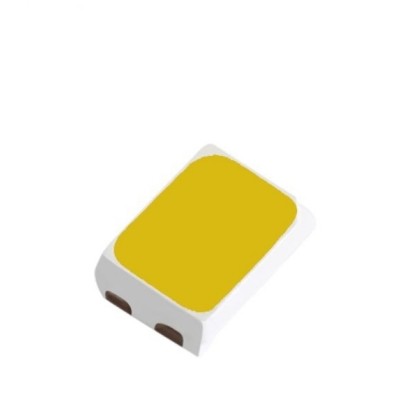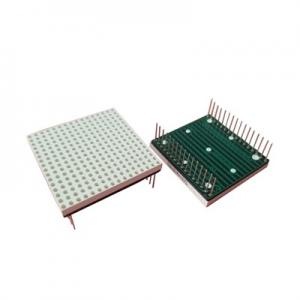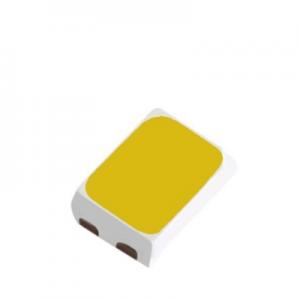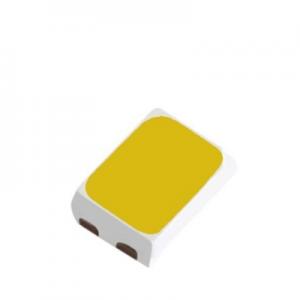arduino smd led
- Category: 2016 SMD LED
- Brand:ARKTECH
- delivery date: 7 to 9 working days
- payment method: We offer payment options such as Paypal, TT (Telegraphic Transfer), or LC (Letter of Credit)
- Our team offers all-round technical support, including designing according to your requirements, selecting the best solutions based on cost and reliability, principle and LAY-OUT design, customizing s
One of our key strengths is our state-of-the-art facility, which boasts a 12000㎡ dust-free and antistatic standard workshop. This ensures that our manufacturing process is of the highest quality, resulting in superior products that meet the highest industry standards.
| Product name | arduino smd led |
| Keyword | 3w smd led entspricht,6 watt smd led,smd led circuit board,bmtc smd led,power smd led |
| Place of Origin | China |
| Brand | ARKTECH |
| Current | 71MA |
| Power | 1.7W |
| Voltage | 1.7V |
| Raw material | Copper bracket/ pure gold wire |
| Quantity | 2173pcs/reel |
| Dimensions | 5.4mm*5.9mm*1.7mm, (Contact us for specific information to confirm) |
| Applicable Industries | energy-saving lighting, etc. |
| Color | white |
| Weight | 20mg |
| Product Description | SMD 5730 LED Green 0.5W chip,4 smd led lumen shed light,SMD 5050 LED 3W RGB chip,SMD 5050 LED RGBW 0.2W-It is a new surface packaging technology that encapsulates LED chips in tiny weldable packaging films and performs surface spot welding on the PCB substrate, thus improving the reliability and production efficiency of LEDs. Compared with traditional LED packaging, SMD LED has the advantages of small size, large light-emitting area, high power, low packaging height, and multiple color temperatures, and can greatly reduce costs through automated production processes. |
| delivery date | Our standard delivery time is 7 to 9 working days. |
| payment method | We offer payment options such as Paypal, TT (Telegraphic Transfer), or LC (Letter of Credit). |
| Life span | 54908 + hours (Contact us for specific information to confirm) |
| warranty | We provide a warranty period of 2 years |
| Advantage | We keep good quality and competitive price to ensure our customers benefit |
| Packing | 10x14.73x12mm(Contact us for specific information to confirm) |
| Sales country | All over the world for example:Nicaragua,Lithuania,Falkland Islands,Venezuela,Albania |
| MOQ | 7 reel(Contact us for specific information to confirm) |
| customization services | We welcome customization requests for our products |
| production capacity | We have the capacity to produce 92kk pieces of LEDs per month. |
Segment led display, Custom LED display, Through hole LED, High power LED(Please contact us for specific information about Segment led display)
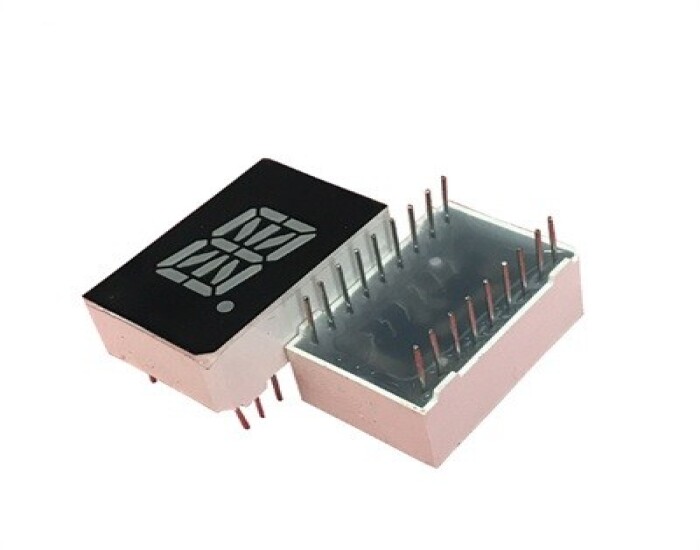
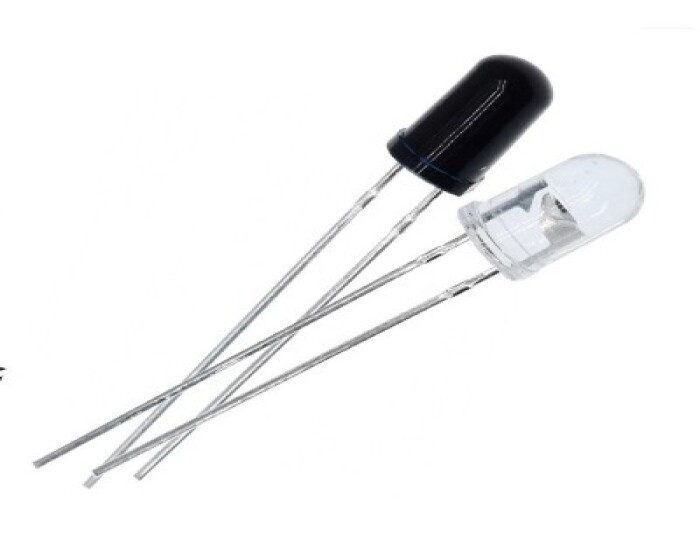
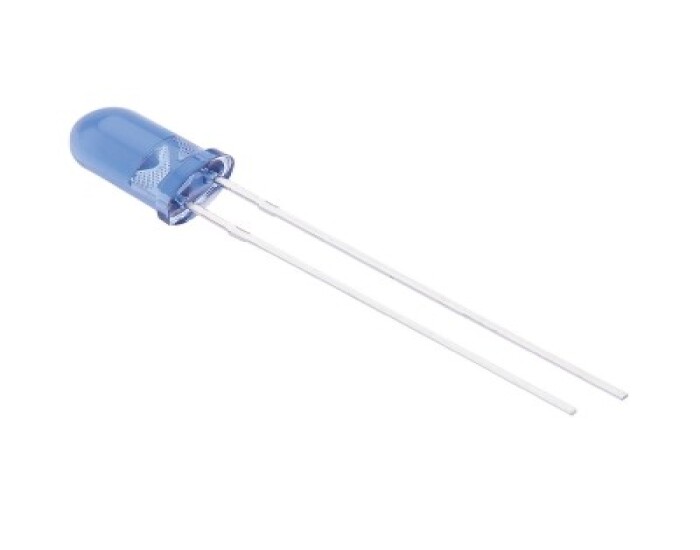
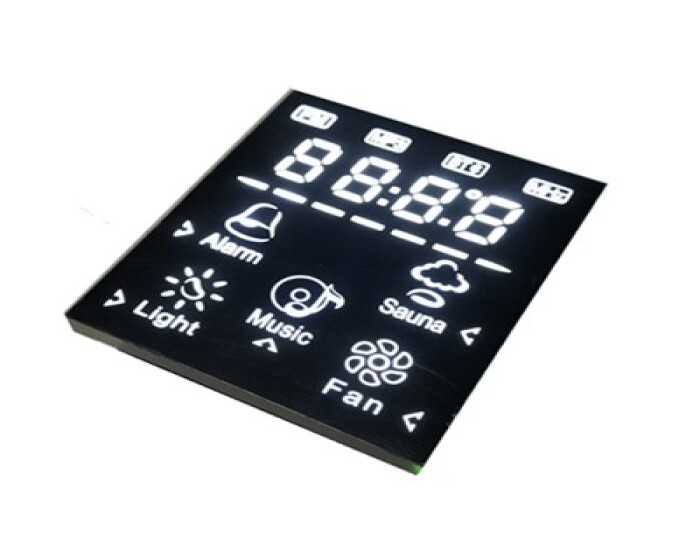
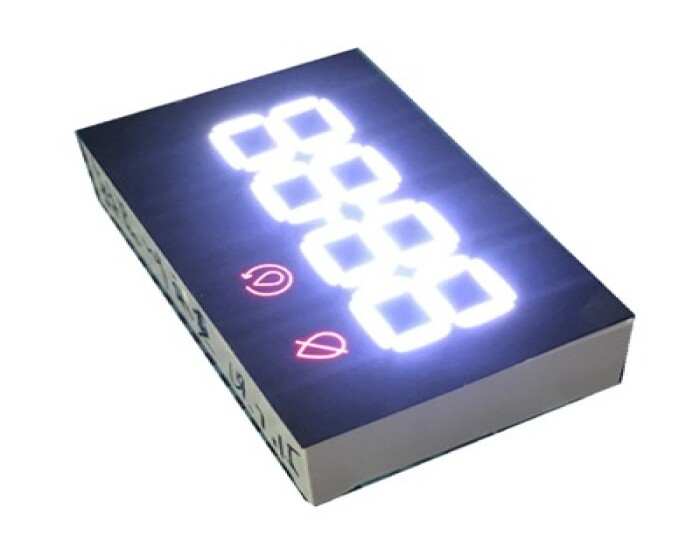
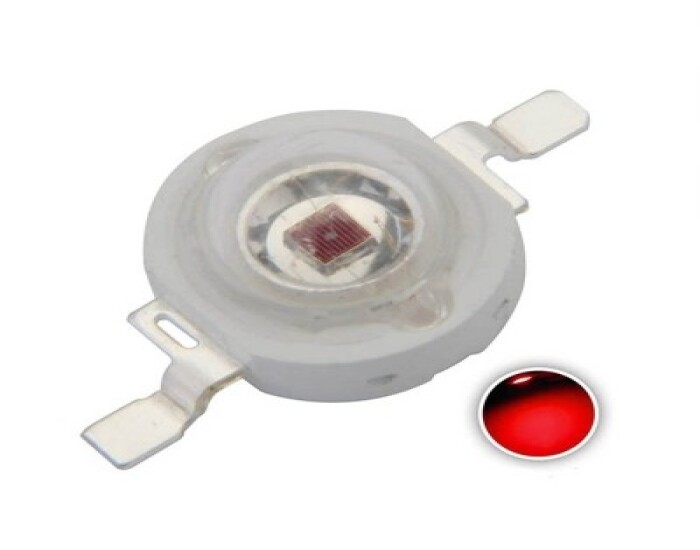
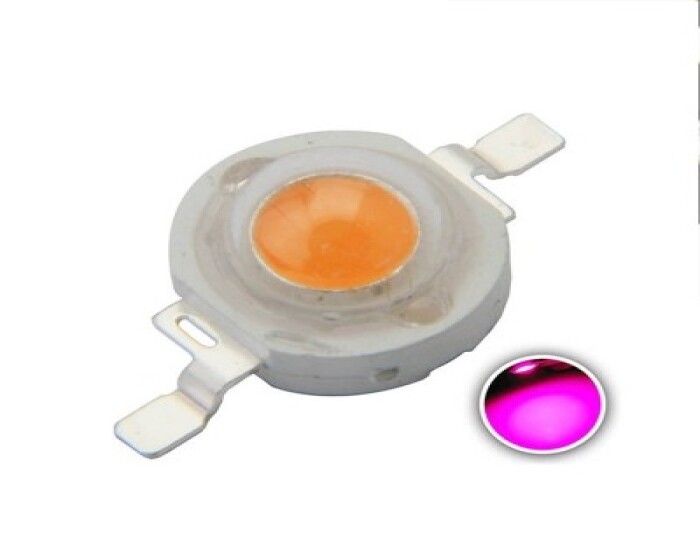
arduino smd led services FAQs Guide
Are you looking for a quick review guide about arduino smd ledservices?
An ultimate FAQ buying guide is available to help you.This guide contains all the information about all the important facts, figures, and various processes regarding arduino smd led services.
Let’s continue!
2.Can arduino smd led lights be used for outdoor lighting?
3.Are there any maintenance requirements for arduino smd led?
4.About arduino smd led production skills training
5.Are there any regulations or certifications for arduino smd led?
6.What is the color rendering index (CRI) of arduino smd led?
7.Is arduino smd led suitable for use in humid or wet environments?
8.Are arduino smd leds energy efficient?
9.What is the lifespan of an arduino smd led?
10.How does arduino smd led emit light compared to other types of LEDs?
11.What is the installation process for arduino smd led?
1.What is the viewing angle of arduino smd led?
We are a new arduino smd led manufacturer.
The viewing angle of SMD LED can vary depending on the specific model and manufacturer, but it is typically between 120-180 degrees. This means that the light emitted from the LED can be seen from a wide angle, making it suitable for use in applications where a broad and even distribution of light is desired.
2.Can arduino smd led lights be used for outdoor lighting?
We pay attention to the introduction and training of talents, scientifically regulate the management system, and focus on cultural construction and team cohesion.
Yes, SMD LED lights can be used for outdoor lighting. They are commonly used for outdoor lighting applications such as landscape lighting, security lighting, and pathway lighting. SMD LED lights are durable, energy-efficient, and have a long lifespan, making them a popular choice for outdoor lighting. However, it is important to make sure that the SMD LED lights are specifically designed for outdoor use and have the appropriate IP rating to withstand exposure to the elements.
3.Are there any maintenance requirements for arduino smd led?
We focus on providing high arduino smd led quality products and services.
Yes, there are some maintenance requirements for SMD LED:
1. Regular cleaning: Dust and dirt can accumulate on the surface of SMD LED, affecting its brightness and performance. It is important to regularly clean the LED with a soft, dry cloth to remove any dust or dirt.
2. Avoid moisture: SMD LED is sensitive to moisture and can get damaged if exposed to excessive moisture. It is important to keep the LED dry and avoid any contact with water.
3. Check for loose connections: SMD LED is soldered onto a circuit board, and over time, the connections can become loose due to vibrations or temperature changes. It is important to regularly check for loose connections and re-solder them if necessary.
4. Monitor heat dissipation: SMD LED can generate heat, and if not dissipated properly, it can affect its performance and lifespan. It is important to ensure that the LED is installed in a well-ventilated area and that any heat generated is dissipated efficiently.
5. Replace faulty LEDs: If any SMD LED is not functioning properly or has burnt out, it is important to replace it with a new one to maintain the overall performance of the LED system.
6. Follow manufacturer's instructions: It is important to follow the manufacturer's instructions for maintenance and care of SMD LED to ensure its optimal performance and longevity.
4.About arduino smd led production skills training
We require all our employees to undergo three months of training. Only after successfully passing a qualified test are they allowed to work on the production line. To further ensure the quality of our goods, we have implemented diagrams along the production line, providing clear instructions and guidelines. Additionally, our HD engineers conduct monthly training sessions to keep our team updated with the latest production techniques and practices.
5.Are there any regulations or certifications for arduino smd led?
We continue to invest in research and development and continue to launch innovative products.
Yes, there are several regulations and certifications for SMD LED (Surface Mount Device Light Emitting Diode) products. These include:
1. RoHS (Restriction of Hazardous Substances) Directive: This regulation restricts the use of certain hazardous substances in electrical and electronic equipment, including SMD LED products.
2. CE (Conformité Européenne) Marking: This is a mandatory conformity marking for products sold in the European Economic Area (EEA) and indicates that the product meets all applicable EU directives, including those related to safety, health, and environmental protection.
3. UL (Underwriters Laboratories) Certification: UL is a global safety certification company that tests and certifies products for compliance with safety standards. SMD LED products can be UL certified to ensure their safety and quality.
4. Energy Star Certification: This is a voluntary program run by the U.S. Environmental Protection Agency (EPA) that certifies energy-efficient products, including SMD LED lighting products.
5. ISO (International Organization for Standardization) Standards: ISO has developed several standards related to LED lighting, including ISO 9001 (quality management), ISO 14001 (environmental management), and ISO 50001 (energy management).
6. Ingress Protection (IP) Rating: This is a standard that rates the level of protection provided by a product against solid objects and liquids. SMD LED products may have an IP rating to indicate their resistance to dust and water.
7. LM-80 and TM-21 Standards: These are industry standards for measuring the lumen maintenance and projected lifetime of LED products, respectively.
It is important to note that not all SMD LED products may have all of these certifications or comply with all regulations. It is recommended to check the product specifications and certifications before purchasing to ensure compliance with relevant standards.
6.What is the color rendering index (CRI) of arduino smd led?
Our arduino smd led products have competitive and differentiated advantages, and actively promote digital transformation and innovation. The color rendering index (CRI) of SMD LED can vary depending on the specific type and brand, but generally ranges from 70 to 90. Some high-quality SMD LEDs may have a CRI of 95 or higher.
7.Is arduino smd led suitable for use in humid or wet environments?
We adhere to the principle of quality first and have a complete production quality management system and quality inspection process.
Yes, SMD LED (Surface Mount Device LED) is suitable for use in humid or wet environments. SMD LEDs are designed to be more durable and resistant to moisture compared to traditional through-hole LEDs. They have a protective coating that helps to prevent water and moisture from damaging the LED components. However, it is important to note that SMD LEDs are not completely waterproof and may still be damaged if submerged in water for extended periods of time. It is always recommended to check the IP (Ingress Protection) rating of the SMD LED before using it in a humid or wet environment to ensure it is suitable for the specific conditions.
8.Are arduino smd leds energy efficient?
We pay attention to the transformation of intellectual property protection and innovation achievements. Your OEM or ODM order design we have a complete confidentiality system.
Yes, SMD LEDs (Surface Mount Device Light Emitting Diodes) are energy efficient. They use significantly less energy than traditional incandescent or fluorescent bulbs, making them a popular choice for energy-conscious consumers. SMD LEDs also have a longer lifespan, further contributing to their energy efficiency.
9.What is the lifespan of an arduino smd led?
We have a professional team that is committed to the innovation and development of arduino smd led.
The lifespan of an SMD LED can vary depending on the quality of the LED and its usage. On average, an SMD LED can last anywhere from 50,000 to 100,000 hours. This translates to approximately 5-10 years of continuous use. However, factors such as heat, voltage, and current can affect the lifespan of an SMD LED. Proper installation and maintenance can also help extend the lifespan of an SMD LED.
10.How does arduino smd led emit light compared to other types of LEDs?
Our company has many years of arduino smd led experience and expertise.
SMD (Surface Mount Device) LEDs emit light in a similar way to other types of LEDs, but they have a different construction and packaging that allows for more efficient and compact use.
Like other LEDs, SMD LEDs use a semiconductor material, typically gallium nitride (GaN), to produce light when an electric current is applied. The semiconductor is sandwiched between two layers of different materials, called the p-type and n-type layers. When a voltage is applied to the LED, electrons from the n-type layer flow into the p-type layer, where they combine with positively charged holes" to produce light.
11.What is the installation process for arduino smd led?
Our mission is to provide customers with the best solutions for arduino smd led.
1. Gather Materials: Before starting the installation process, make sure you have all the necessary materials including the SMD LED lights, power supply, soldering iron, solder, wire strippers, and heat shrink tubing.
2. Plan the Layout: Decide on the placement of the SMD LED lights and plan the wiring layout accordingly. Make sure to measure the distance between each light and the power supply to determine the length of wire needed.
3. Prepare the Surface: Clean the surface where the SMD LED lights will be installed to ensure a strong and secure bond. If the surface is rough, use sandpaper to smooth it out.
4. Solder the Wires: Strip the ends of the wires and solder them to the positive and negative terminals of the SMD LED lights. Make sure to match the polarity of the wires to the correct terminals on the lights.
5. Connect the Lights: Once all the wires are soldered, connect them to the power supply. The positive wire should be connected to the positive terminal and the negative wire to the negative terminal.
6. Secure the Wires: Use heat shrink tubing to cover the soldered connections and secure them in place. This will prevent any short circuits and ensure a clean and professional look.
7. Test the Lights: Before permanently installing the lights, test them to make sure they are working properly. If there are any issues, double check the connections and fix any problems before proceeding.
8. Install the Lights: Once the lights are tested and working, use adhesive tape or glue to secure them in place. Make sure to follow the manufacturer's instructions for the best adhesive to use for your specific surface.
9. Connect to Power: Plug the power supply into a wall outlet and turn on the lights to make sure they are working correctly.
10. Clean Up: Once the installation is complete, clean up any excess wires and materials. Enjoy your newly installed SMD LED lights!
INQUIRY
CATEGORIES
LATEST NEWS
CONTACT US
Name: Ms.Wendy
Mobile:0086-15861679389
Tel:0086-81725657
Whatsapp:0086 17386542651
Email:info@arktechcn.com
Add:8# HengDa CaiFu Center, JinKai Industrial Area, Wuci City, Jiang Su, China

